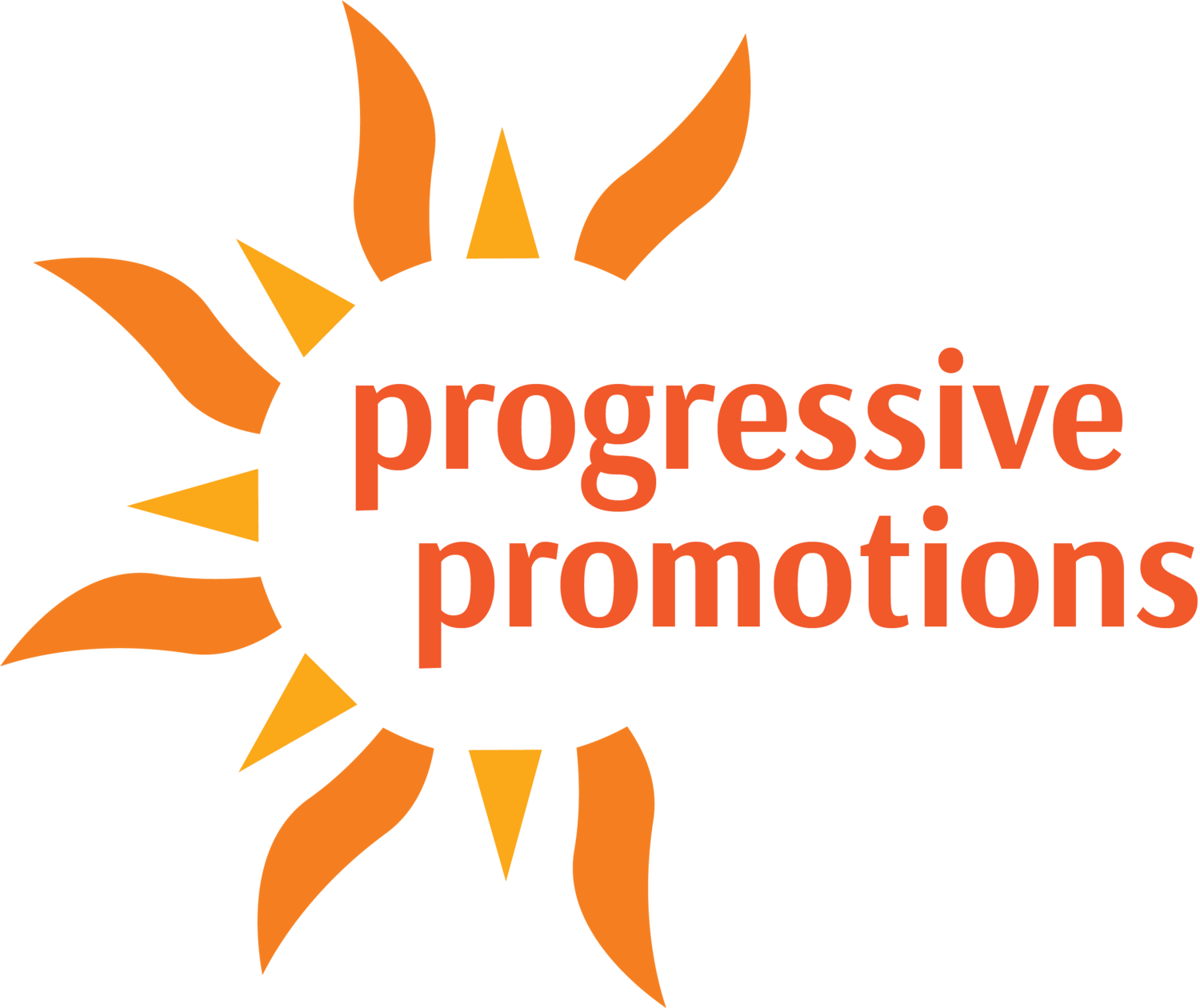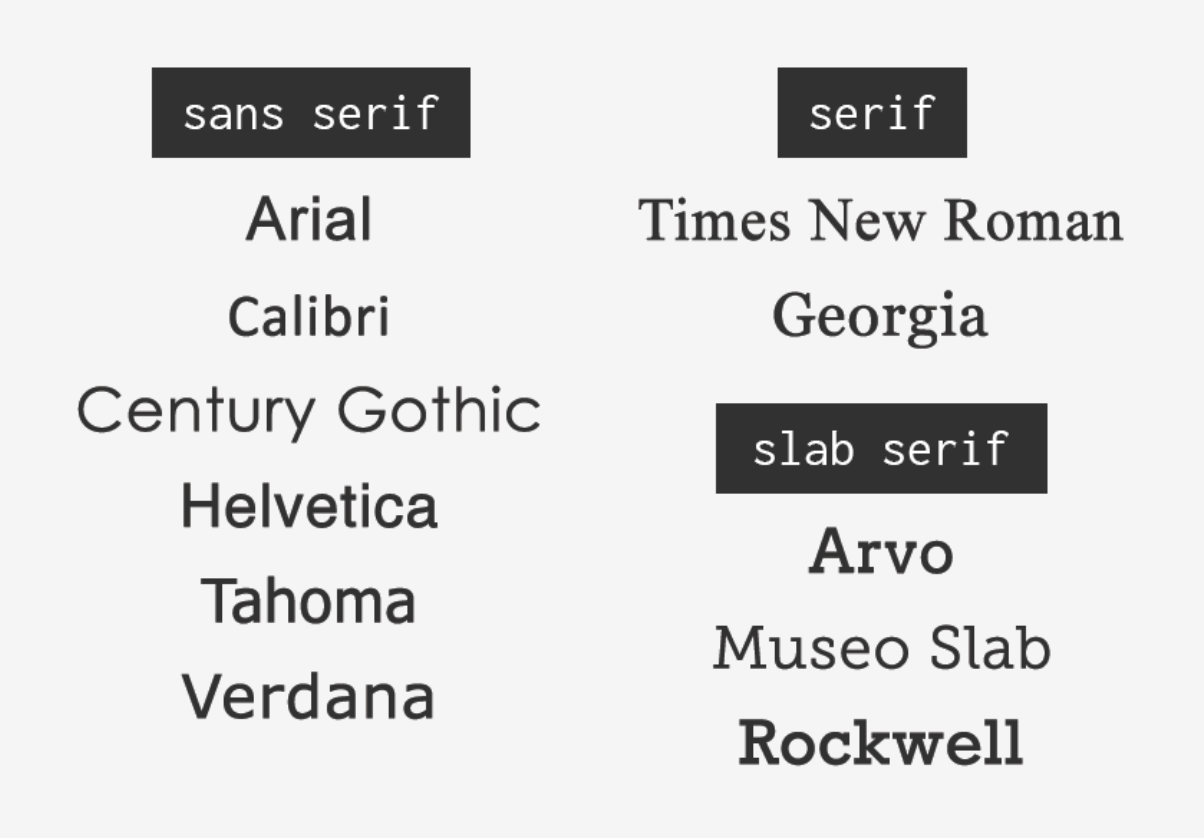It's the Wild, Wild West out there in the world of social media, and Twitter seems to be constantly getting itself into hot water. From NPR's departure due to the state-affiliated media label, to Elon Musk's vendetta against the New York Times resulting in their verification removal, and the pay walling of long-standing Twitter features, it's no wonder that journalists, activists, and nonprofits are feeling torn about their use of the platform.
Twitter: it’s the digital town square where journalists can break news, collect intel, and control narratives. It's a powerful tool for nonprofits and advocacy groups to tap into those journalistic networks and control narratives. But with the platform's recent decline, from paywalls to misinformation to censorship, we can't ignore its shortcomings.
So what should we do? Some organizations are considering leaving Twitter for alternative platforms like Mastodon, which has seen a surge in users after Elon Musk's takeover of Twitter. But ultimately, the decision should be based on where our audience is, and shouldn’t be a reactionary move.
Adding and cutting a platform from your strategy should always be informed by where your audience is collecting, interacting and talking, followed by the tools you’re willing and able to use to reach them. In Colorado, for example, the legislators, journalists, organizations, and advocates we want to reach are still heavily using Twitter.
The future of Twitter is uncertain, but one thing is for sure: change is the only constant in the digital world. Users, communities, and strategies are resilient, always finding a way to make the most of the tools available to them. Even platforms like Myspace, long considered "dead" in the public consciousness, have found new life through creative and innovative use by communities today.
Whether Twitter “falls” tomorrow or in 10 years, we will adapt and find new ways to connect and organize. Digital spaces are merely tools in our arsenal, but our passion and purpose are what truly drive our movements forward. Our fight for justice will not be undone by the shifting tides of social media.
We're a persistent bunch, with a deep understanding that our movements are the key to lasting change. So for now, at Club Twitter we're here for the long haul, dancing until lights out.
Hec Salas-Gallegos
Digital Engagement Manager















